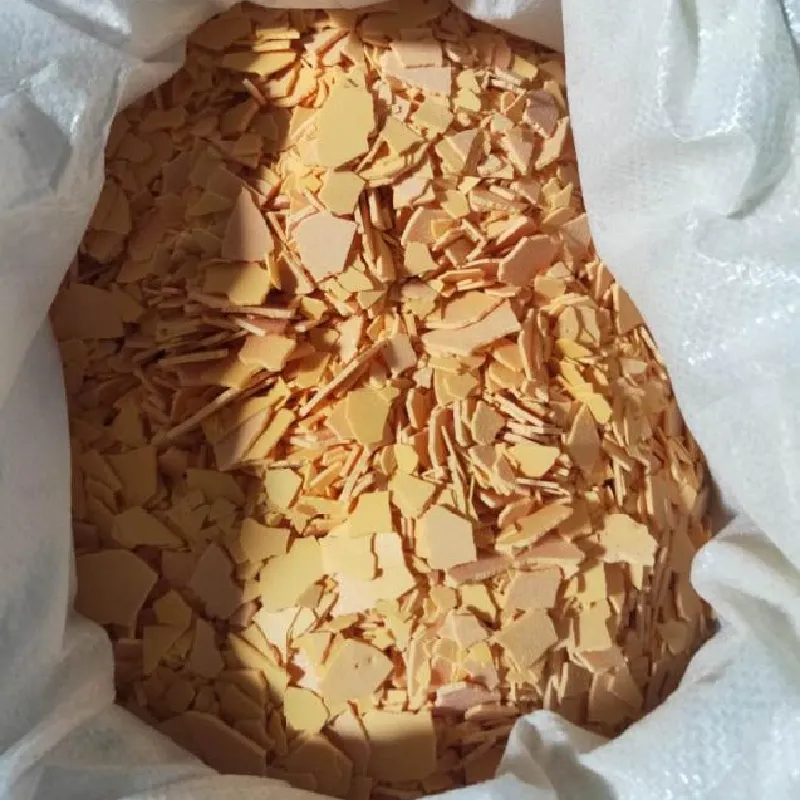
Trends and Analysis of Denatured Alcohol Pricing in Recent Markets
Understanding the Pricing of Denatured Alcohol
Denatured alcohol, also known as methylated spirits, is ethanol that has been rendered undrinkable by the addition of substances called denaturants. This process ensures that the alcohol is used primarily for industrial purposes, cleaning, and manufacturing rather than consumption. The pricing of denatured alcohol is influenced by various factors that reflect its demand and supply dynamics in the marketplace.
The Composition and Uses of Denatured Alcohol
Denatured alcohol is typically composed of ethanol mixed with methanol, isopropyl alcohol, or other chemicals that make it unpalatable. Its uses are vast and varied; it is commonly employed as a solvent in the manufacture of paints, varnishes, and coatings. Additionally, it serves as an effective cleaning agent in households and industries alike. It is also used in the production of cosmetics and pharmaceuticals, where its ability to dissolve substances plays a crucial role.
Given its broad applications, the demand for denatured alcohol can fluctuate significantly. This variation in demand can, in turn, affect its pricing. For instance, during times of increased industrial activity or during specific seasons when cleaning products are in high demand, the price of denatured alcohol may rise.
Factors Affecting Pricing
1. Raw Material Costs The primary component of denatured alcohol is ethanol, and its price is often tied to the fluctuating costs of raw materials used in its production. The price of crude oil, for example, can affect the ethanol production process since many ethanol derivatives are linked to petrochemical processes.
2. Regulatory Framework Different countries have varying regulations regarding the production and sale of denatured alcohol. In some regions, government policies can impose taxes or tariffs that influence pricing. Moreover, regulations regarding environmental safety can impact the cost of production, thus affecting market prices.
denatured alcohol price

3. Market Demand Denatured alcohol's pricing is also subject to the laws of supply and demand. For instance, a surge in the need for sanitizing products during a health crisis, such as the COVID-19 pandemic, can lead to a spike in prices. Conversely, during periods of low demand, prices may decrease as manufacturers look to clear excess stock.
4. Global Trade and Seasonal Variations Since denatured alcohol is produced and traded globally, international market trends play a significant role in pricing. Seasonal fluctuations can also come into play; for example, colder months may see decreased production and lower availability, raising prices.
Market Trends and Future Outlook
In recent years, the market for denatured alcohol has seen significant changes. There is a growing trend toward eco-friendly and sustainable products, which may lead to the development of alternative denaturants that do not pose health or environmental risks. This shift could potentially alter the pricing structure in the years to come.
Furthermore, with increasing awareness about the harmful effects of traditional cleaning agents and solvents, industries are gradually shifting towards using denatured alcohol as a safer alternative, which might enhance demand.
Conclusion
The pricing of denatured alcohol is a complex interplay of raw material costs, regulatory influences, market demand, and global trade dynamics. As industries evolve and consumer preferences shift, the future of denatured alcohol pricing remains uncertain but compelling. Manufacturers and consumers alike will need to stay informed about these trends to navigate the market effectively. Understanding the factors that contribute to price fluctuations offers valuable insights and can help stakeholders make informed decisions in the ever-changing economic landscape of denatured alcohol.
-
nitrile-rubber-honoring-strict-production-standardsNewsAug.22,2025
-
aspartame-ingredients-honoring-food-safety-valuesNewsAug.22,2025
-
fertilizer-for-balanced-plant-nutritionNewsAug.22,2025
-
cyanide-gold-processing-with-high-purity-additivesNewsAug.22,2025
-
formic-acid-in-textile-dyeing-applicationsNewsAug.22,2025
-
aluminum-hydroxide-gel-in-skincare-productsNewsAug.22,2025
-
Regulatory Compliance for Global Mining Chemicals UseNewsAug.12,2025
Hebei Tenger Chemical Technology Co., Ltd. focuses on the chemical industry and is committed to the export service of chemical raw materials.
-

view more DiethanolisopropanolamineIn the ever-growing field of chemical solutions, diethanolisopropanolamine (DEIPA) stands out as a versatile and important compound. Due to its unique chemical structure and properties, DEIPA is of interest to various industries including construction, personal care, and agriculture. -

view more TriisopropanolamineTriisopropanolamine (TIPA) alkanol amine substance, is a kind of alcohol amine compound with amino and alcohol hydroxyl, and because of its molecules contains both amino and hydroxyl. -

view more Tetramethyl Thiuram DisulfideTetramethyl thiuram disulfide, also known as TMTD, is a white to light-yellow powder with a distinct sulfur-like odor. It is soluble in organic solvents such as benzene, acetone, and ethyl acetate, making it highly versatile for use in different formulations. TMTD is known for its excellent vulcanization acceleration properties, which makes it a key ingredient in the production of rubber products. Additionally, it acts as an effective fungicide and bactericide, making it valuable in agricultural applications. Its high purity and stability ensure consistent performance, making it a preferred choice for manufacturers across various industries.





